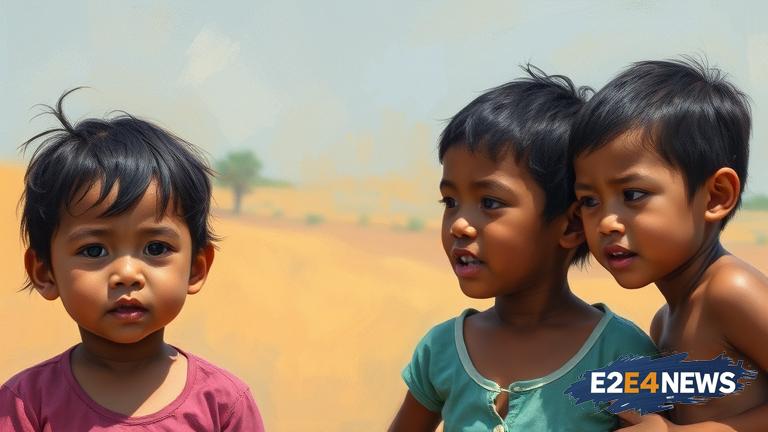The Pacific region is facing a growing concern of violence against children, with reports indicating a significant increase in cases of abuse, neglect, and exploitation. According to recent studies, the main drivers of this violence include poverty, lack of education, and cultural norms that perpetuate violence. In many Pacific countries, children are often seen as a source of labor, and are forced to work in hazardous conditions, leading to physical and emotional abuse. The lack of access to education and healthcare also exacerbates the problem, as children are often left vulnerable and without support. Furthermore, cultural norms that emphasize discipline and obedience can sometimes be used to justify violence against children. The region’s high rates of domestic violence also contribute to the problem, as children are often caught in the middle of violent conflicts between adults. In addition, the Pacific region’s geographic isolation and limited resources make it difficult for authorities to respond effectively to cases of violence against children. The issue is further complicated by the fact that many cases of violence against children go unreported, due to fear of retaliation or shame. However, there are efforts underway to address the problem, including awareness campaigns and programs aimed at supporting vulnerable children. Governments and NGOs are working together to provide education and training on child protection, as well as to strengthen laws and policies that protect children’s rights. Community-based initiatives are also being implemented, such as counseling services and support groups for children and families. Moreover, there is a growing recognition of the importance of addressing the root causes of violence against children, including poverty and lack of education. This includes initiatives to improve access to education and healthcare, as well as to promote economic development and reduce poverty. The Pacific region’s unique cultural context also requires a nuanced approach to addressing violence against children, one that takes into account the region’s diverse cultural norms and values. Ultimately, addressing violence against children in the Pacific region will require a sustained and collective effort from governments, NGOs, and communities. It will also require a commitment to promoting children’s rights and well-being, and to creating a safe and supportive environment for all children to thrive. The international community also has a role to play in supporting the Pacific region’s efforts to address violence against children, through the provision of technical assistance, funding, and other forms of support. By working together, it is possible to reduce the risks of violence against children in the Pacific region and to create a brighter future for all children.
